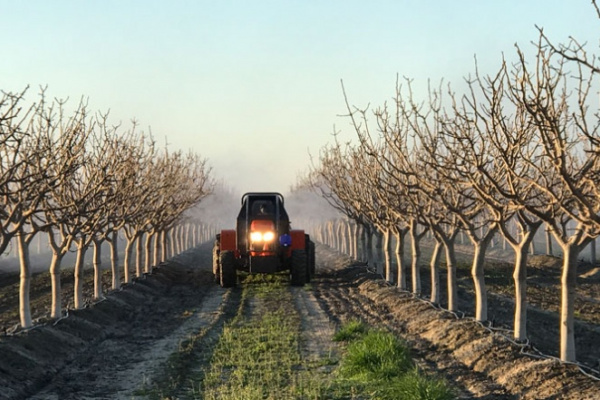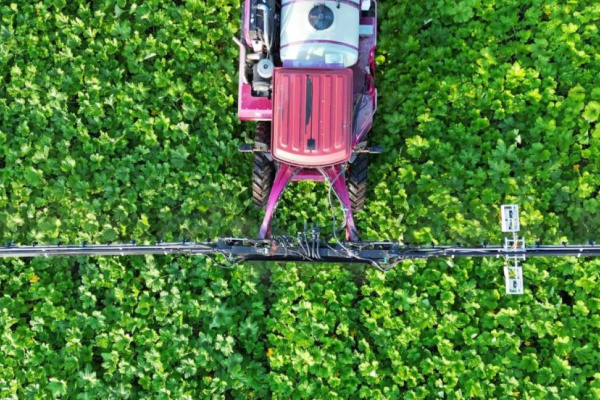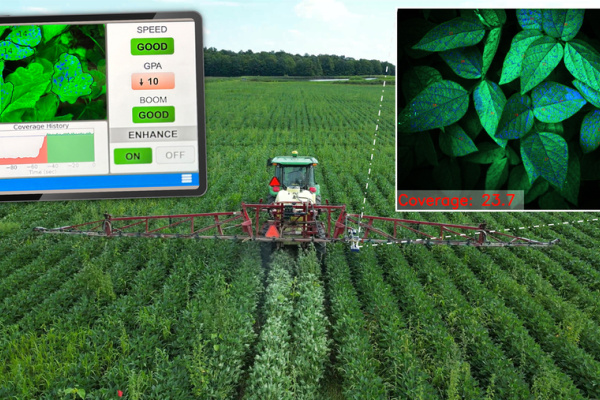Our Research Reducing runoff and environmental impact of agricultural sprays
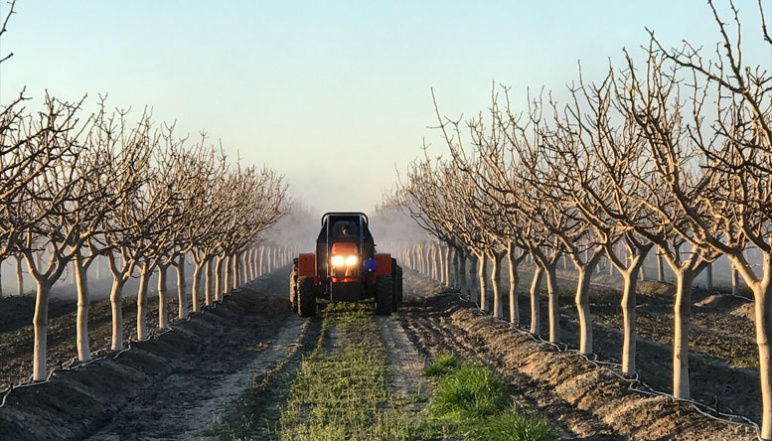
Photo credit: Varanasi research team
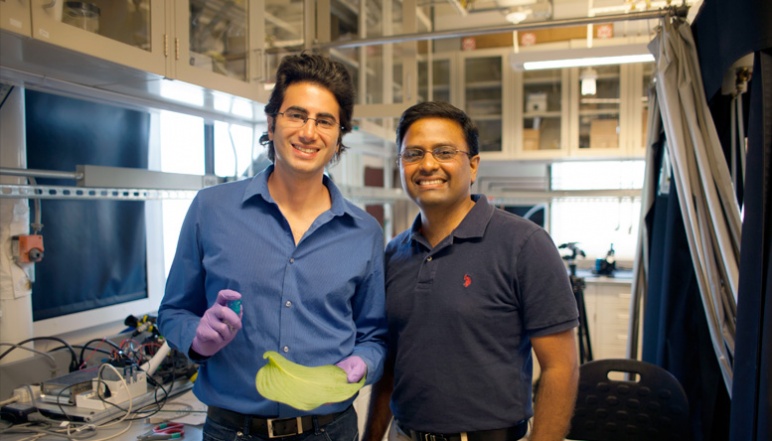
Photo credit: Varanasi research team
Video credit: Varanasi research team
Video credit: Varanasi research team
Video credit: Varanasi research team
Principal Investigator
Kripa Varanasi
- Professor of Mechanical Engineering
- Department of Mechanical Engineering
Kripa K. Varanasi is a professor in the Department of Mechanical Engineering at MIT. He received a Bachelor of Technology from IIT Madras, India and SM and PhD from MIT. The focus of his work is in understanding the physico-chemical phenomena with applications to energy, water, agriculture, transportation, and medical and consumer devices. He is passionate about entrepreneurship and has co-founded multiple companies. Professor Varanasi has received the NSF Career Award, DARPA Young Faculty Award, SME Outstanding Young Manufacturing Engineer Award, ASME Bergles-Rohsenow Heat Transfer Award, ASME Gustus L. Larson Memorial Award, APS Milton van Dyke award, and MIT's Frank E. Perkins Award for Excellence in Graduate Advising.
Challenge:
Can we improve the efficiency of pesticide application in order to reduce its environmental impact and cost?
Research Strategy
- Use polymers with charged molecules to adhere spray droplets to plant surfaces
- Reformulate sprays to need only minor changes to existing farm equipment and practices
- Conduct field studies
Project description
The spraying of chemicals in agriculture is very inefficient. Farmers use large quantities of chemicals, especially pesticides, to protect their plants and increase their yield but, eventually, only ~2% of these chemicals reach their intended target. The rest pollutes soils, surface water and groundwater in areas much larger than the fields themselves. A study found that pesticides could be detected 90% of the time in agricultural streams, 50% in shallow wells and 33% in major deep aquifers across the USA. These large losses also result in higher costs of chemicals for the farmer. One of the main reasons of this inefficiency is that many plants are hydrophobic, which means that they repel water. Therefore, impinging droplets from sprays, which are usually water-based solutions, can easily bounce or roll off plant surfaces and end up in the soil. The second big problem is wind drift: when small droplets are sprayed, they can easily be carried away by wind and end up out of the field. Current solutions are inefficient and are limited by a tradeoff between solving these two problems and end up having very low efficiencies.
To solve this problem, this research team developed novel spray formulations comprising charged molecules to improve agricultural pesticide application practices. These new formulations can cause the pesticide-laden drops to efficiently stick to leaf and fruit surfaces without rolling off, thereby preventing pollution of soils, surface water, and groundwater.
Charge interactions typically occur at faster timescales compared to hydrodynamic timescales. By spraying oppositely charged solutions simultaneously, the team introduced new electrostatic forces beyond the inertial-capillary forces that govern drop impact and could therefore arrest droplets readily on plant surfaces. In this project, they used this principle to conduct systematic studies on plants, optimize the charge interactions for adequate delivery and quantify the efficiency of these sprays at scales large enough to meet the needs of industrial farms.
Lab-scale results have demonstrated that their technology can reduce the amount of pesticide sprayed by a factor of ten. The project team developed this technology into additives for pesticide sprays for a range of plants and field conditions and conducting field studies. These enhanced spray solutions could have a game-changing impact on pesticide application practices, improving the efficiency and cost-effectiveness of pesticide applications, enhancing the flexibility of spray application, and significantly reducing run-off pollution.
Outcomes
- Developed a novel patented technology that uses dilute electrically charged polymers that increases the retention and spreading of pesticides on their targets
- Verified compatibility of the charged polymers with a pesticide substitute that is used in the literature, as well as non-ionic surfactants, which are the most commonly used adjuvants
- Worked with spray manufacturers and designed and built spray systems in a variety of form factors for field trials and demonstrations in Massachusetts, Florida, California and Venice
- Showed that pesticide consumption can be reduced by an average of 50% on a wide variety of plants including fruit, vegetable and cereal crops
Publications
Dynamics of an impacting emulsion droplet
Maher Damak, Jolet de Ruiter, Sreedath Panat, and Kripa K. Varanasi, Science Advances, 2022
News
Spinout Company
AgZen

With global food demand expected to double by 2050, reducing inefficiencies and pollution in agrochemical spraying is vital for sustainable agriculture. Agzen uses novel, environmentally sustainable, and universal methods to improve droplet retention on plant leaves. Additionally, the company's approaches are surfactant-free, thereby avoiding their detrimental effects on the environment and global health.
Agzen has already won over a dozen awards including over $600K in awards at the Rice Business Plan Competition and at the MIT 100K.
Additional Details
Impact Areas
- Food
Research Themes
- Technology & Commercialization
- Soil Fertility & Crop Productivity
- Transforming Food Systems
Year Funded
- 2017
Grant Type
- Solutions Grant
Status
- Completed



